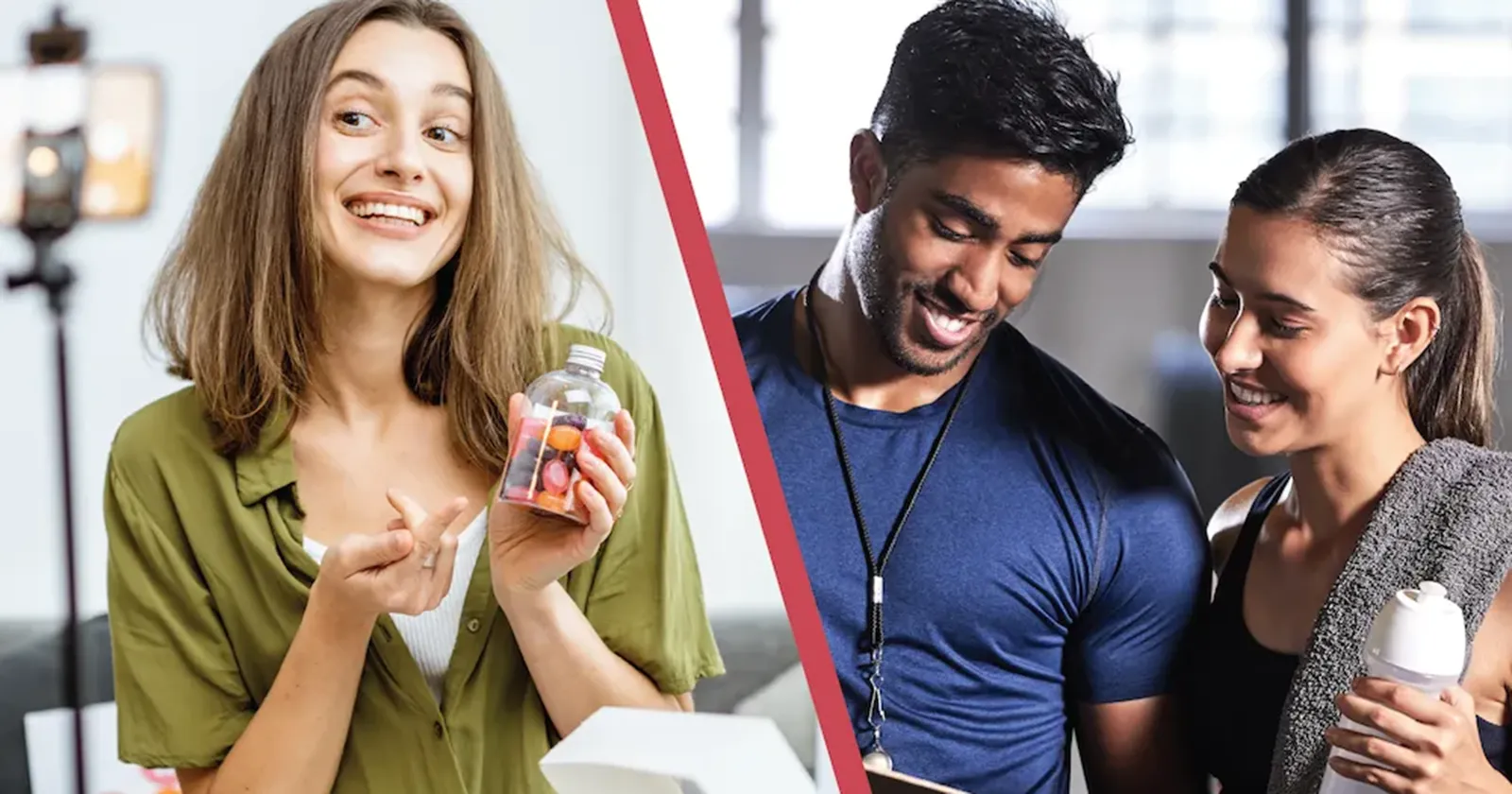
In today’s competitive world, it is more important than ever to get your brand directly in front of your target consumer. Even when you are able to deliver your ad or place your product correctly, what is going to push them to purchase, especially when it is something they have never tried, tasted or experienced? With so many items on the shelf, ads integrated into our daily lives and new products introduced every day, it’s daunting for the consumer to take a leap and shift behavior. With all of the different variables at play in the modern landscape, the power of recommendation has never been more important in driving trial for CPG brands.
Online Influencer (paid)
Open Instagram, TikTok or any social media app, and with no uncertainty you will be served more than a couple brands within a few scrolls. Whether through a direct ad or a collaboration with an online influencer, these platforms have simply become full of noise. What was once a more passive practice of popular creators sharing to their trusting and niche audience has become one big question mark for brands and consumers alike. With the changing landscape of social media - and its ever changing algorithm - traditional online influencer campaigns deliver much less direct purchase than before, especially for in-store CPG brands. Additionally, the consumer has become much more wise to the idea that the online influencers that they follow are being paid to share products and shining reviews.
- Great for user generated content
- Flat fee + product in exchange for specific deliverable
- Difficult to target geographically
- Difficult to control messaging
- Hard to track results for non-ecommerce businesses
Professional Influencer (IE Everyday Influencer—unpaid)
With the transition to a world in which online influencers hold less value, it's important to remember the original influencers of modern marketing- professional, unpaid, everyday influencers. These are educators, fitness coaches, veterinarians and even auto mechanics. People who hold expertise in their field, and have a community that looks to them for insight. These are professionals who simply share their new discoveries with their members and clients because they have tried them, and they want them to share in the benefits. These influencers can be especially impactful if they are recommending a product at a point where a consumer is new to a certain need or stage of life, giving a brand the opportunity to become a go-to. For example, a first time expecting parent or someone who is new to their fitness journey. Partner an appropriate ‘professional influencer’ with a traditional marketing approach like sampling or special offers, and you can let the product speak for itself.
- Payment not given to the professional, making for a more genuine recommendation
- Product is presented as a value-add for their business and customers & recommendation is voluntary
- Can target geographically or by retailer
- Redemption of special offers can be tracked
From Point-of-Influence to Purchase
With the many different factors at play when it comes to introducing customers to a product or brand, the most important step is determining exactly how a successful campaign will be measured. Once that is determined, it can be decided exactly who will have the biggest impact with each and every activation.
When partnering with an ‘online influencer’, it is easy to measure success through digital analytics like online store visits or ‘likes’, but it is difficult to know exactly who (and where) their followers are. The creation of a virtual brand presence through user-generated content, while fun to watch and build, is quite difficult to track to purchase.
In the world of the ‘professional influencer’ value may not be tracked digitally, but qualitative insight from past Aha! programs indicates that consumers are significantly more likely to purchase after:
- Personally trying/sampling a product
- Receiving a recommendation from a friend or trusted provider. On average 75% of professionals will recommend a product after receiving it in an Aha! sampling program.
If you have a product that is looking to reach real-life, product purchasing consumers, consider leveraging a real, predictable and tangible community by partnering with the professionals.


